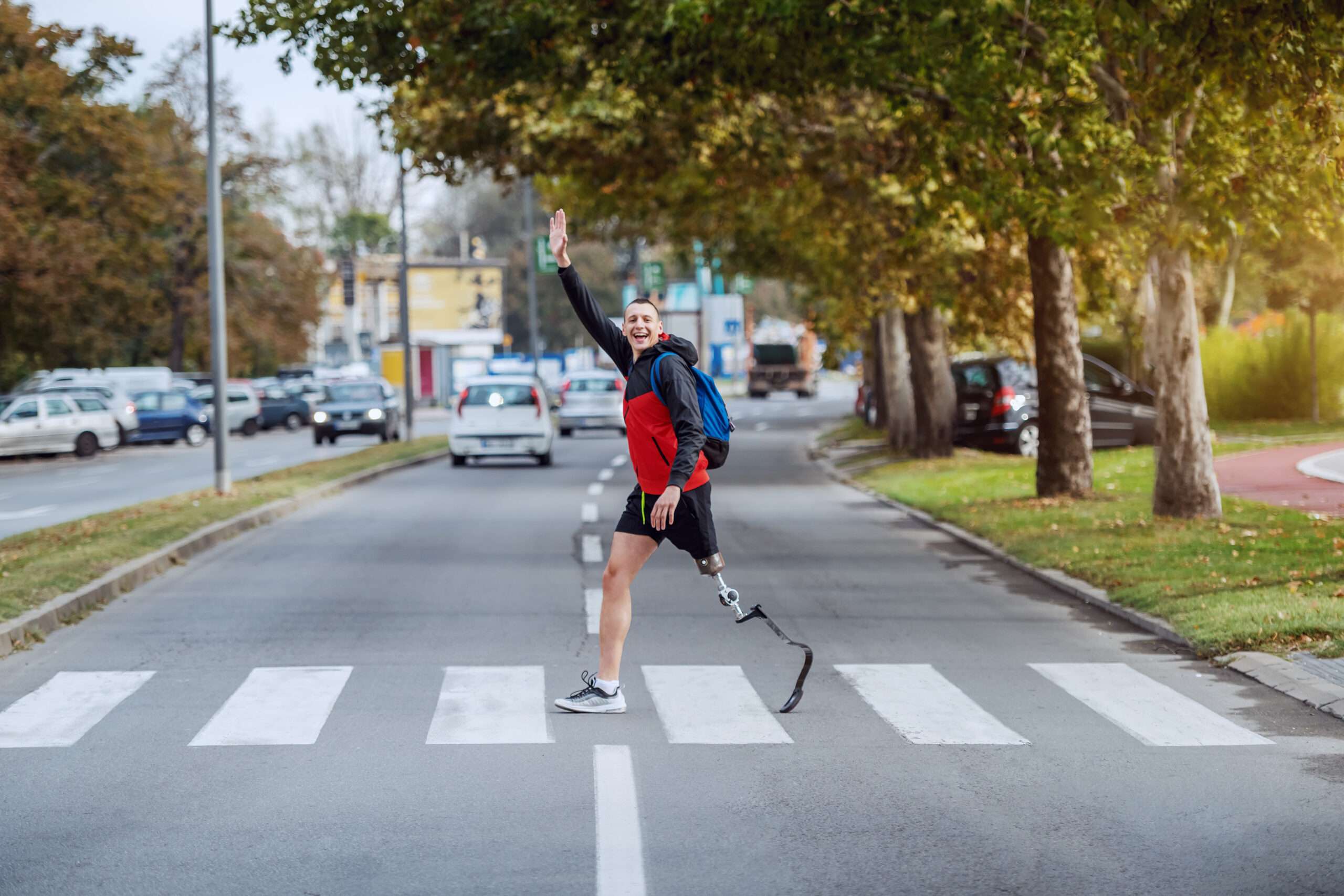Phantom limb pain, a perplexing sensation experienced by individuals who have undergone limb amputation, continues to challenge medical professionals. While traditional pain management approaches have provided relief to some extent, they often fall short of addressing the underlying neurological processes contributing to this persistent discomfort. However, a promising solution has shown recent success in research studies: neurofeedback. This innovative therapy yields promising results by directly targeting the brain’s neural activity, paving the way for more effective and sustainable relief from phantom limb pain.
Understanding Phantom Limb Pain
Despite the absence of the limb, individuals may experience various sensations, ranging from tingling and burning to stabbing pain. This phenomenon is evidence of the complex relationship between the body’s peripheral nervous system and the brain’s neural networks. Even after amputation, the brain continues to generate signals associated with the missing limb, leading to the perception of pain.
Challenges in Traditional Pain Management
Managing phantom limb pain poses significant challenges for healthcare providers. Traditional approaches typically involve medicinal interventions, such as pain medications and nerve blockers, which may offer temporary relief but often come with negative side effects and decreased effectiveness over time. Additionally, therapies like physical rehabilitation and psychological counseling aim to improve functional outcomes and emotional well-being but may not directly address the underlying neural mechanisms driving the pain.
The Promise of Neurofeedback
Neurofeedback, a non-invasive therapeutic technique, shows great promise in its potential for success in phantom limb pain management. This innovative approach utilizes EEG (electroencephalogram) technology to monitor and modulate brain activity in real time. By providing individuals with visual or auditory feedback based on their brainwave patterns, neurofeedback enables them to learn to self-regulate neural activity associated with pain perception. It relies on operant conditioning to “train” the brain.
Benefits of Neurofeedback for Phantom Limb Pain
- Targeted Brainwave Adjustments: Neurofeedback can target the brain regions and brainwave frequencies associated with phantom limb pain, allowing for precise adjustment of neural activity. By encouraging neuroplasticity, the brain’s ability to reorganize and adapt, neurofeedback facilitates the rewiring of neural circuits involved in pain processing, leading to long-lasting relief.
- Personalized Treatment Approach: One of the key advantages of neurofeedback is the ability to tailor treatment to the individual’s unique neurobiology. Through EEG technology, providers can identify brainwave irregularities associated with phantom limb pain and customize neurofeedback protocols accordingly. This personalized approach maximizes therapeutic effectiveness and minimizes the risk of adverse effects.
- Drug-Free Pain Management: Unlike pharmacological interventions, neurofeedback offers a non-invasive and drug-free alternative for managing this condition. By harnessing the brain’s inherent capacity for self-regulation, neurofeedback empowers individuals to take an active role in their pain management journey without relying on medications that may pose risks of dependence or tolerance.
Neurofeedback may promote significant innovations in the field of phantom limb pain management, holding the potential to transform lives!
Sources
Harden RN, Houle TT, Green S, Remble TA, Weinland SR, Colio S, Lauzon J, Kuiken T. Biofeedback in the treatment of phantom limb pain: a time-series analysis. Appl Psychophysiol Biofeedback. 2005 Mar;30(1):83-93. doi: 10.1007/s10484-005-2177-8. PMID: 15889588.
Vuckovic, A., Hasan, M.A., Fraser, M., Conway, B., Allan, D.B. (2014). A Pilot Study on Clinical and Neurological Effects of Neurofeedback Training for Treatment of Central Neuropathic Pain. In: Jensen, W., Andersen, O., Akay, M. (eds) Replace, Repair, Restore, Relieve – Bridging Clinical and Engineering Solutions in Neurorehabilitation. Biosystems & Biorobotics, vol 7. Springer, Cham. https://doi.org/10.1007/978-3-319-08072-7_113





